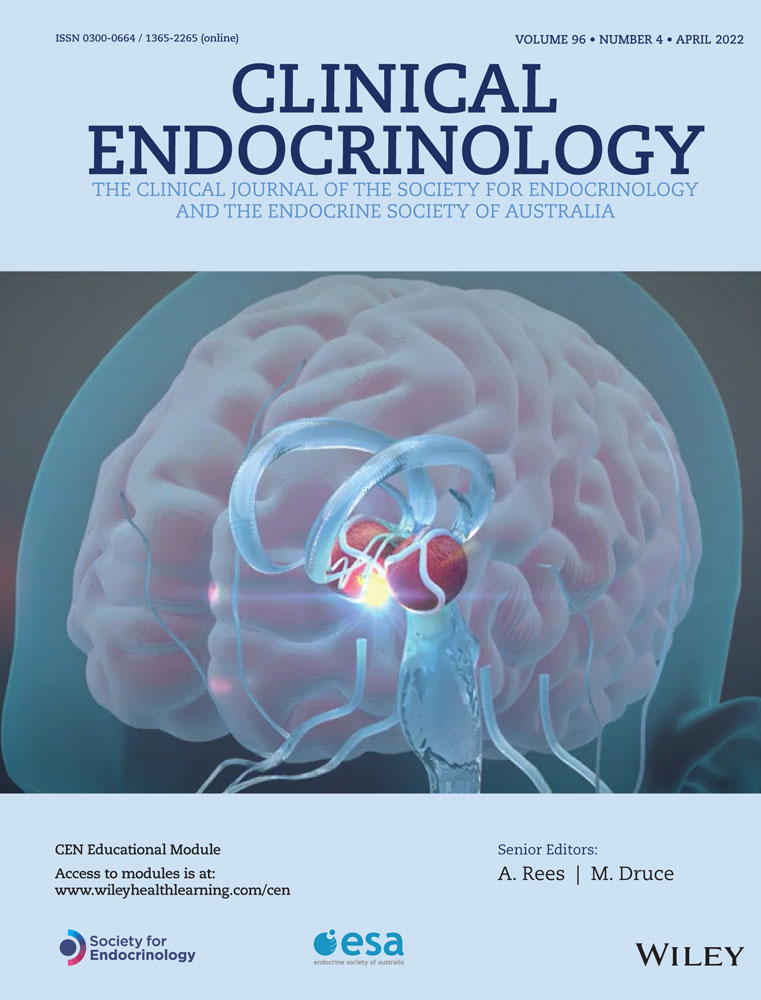Menstrual cycle regularity as a predictor for heart disease and diabetes: Findings from a large population-based longitudinal cohort study
Abstract
Objective
Menstrual cycle regularity underpins the diagnosis of polycystic ovary syndrome (PCOS), which is linked to adverse cardio-metabolic profile. However, links between menstrual disorders and metabolic conditions are often under-appreciated and not considered when assessing cardio-metabolic risk in women. We aimed to assess the risk of diabetes and heart disease in women with irregular menstrual cycles and those whose cycles were regular.
Methods
This was a community based longitudinal cohort study. We utilized the 1946 to 1951 birth cohort database (N = 13,714) of the Australian Longitudinal Study on Women's Health (ALSWH) over a 20-year follow-up period. Data were analysed using Cox regression models.
Results
Women with irregular menstrual cycles had 20% higher risk of developing heart disease [adjusted hazard ratio [HR]: 1.20, 95% confidence interval [CI]: 1.01–1.43) compared with those with regular menstrual cycles. We also observed 17% higher risk of diabetes (HR: 1.17, 95% CI: 1.00–1.38) in women who had irregular menstrual cycles than in women who had regular menstrual cycles. The diabetes risk was 30% higher (HR: 1.30, 95% CI: 1.09–1.55) if women had irregular cycles and did not use hormone replacement therapy, but this was not significant on adjustment for all covariates.
Conclusion
Having irregular menstrual cycles appears to be an early indicator for heart disease and diabetes. These findings suggest that irregular cycles among women in their forties may be linked to adverse cardio-metabolic outcomes. These women may benefit from screening and prevention strategies as recommended by related guidelines such as the international evidence-based guideline for the assessment and management of PCOS.
CONFLICT OF INTERESTS
The authors declare that there are no conflict of interests.
Open Research
DATA AVAILABILITY STATEMENT
All data sets used in the analysis are available from the ALSWH at https://alswh.org.au/on_request.




